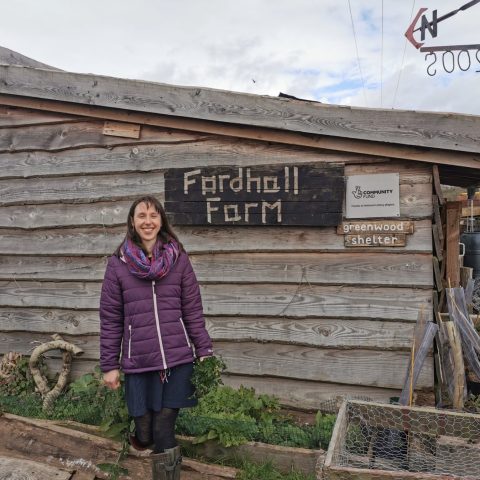Tamar Catchment Partnership's Story
The Tamar River catchment is located in the South West of England, along the border between Devon and Cornwall. Situated in a grassland area characterised by traditional animal farming, the catchment is a source of drinking water for a host of local communities and enterprises. The Tamar Catchment Partnership was set up in 2011 to protect this catchment from the threats posed by environmental degradation and climate change.
Led by the Westcountry Rivers Trust, the partnership aimed to pilot the "Catchment Based Approach" (CaBA): a multi-stakeholder, diverse and community-led model to catchment ecosystem management with the goal of collaboratively improving the catchment's water environment by safeguarding its ecosystem services. To this end, the partnership is made up of a diverse mix of organisations and individuals, including government agencies, non-profit/charity organisations, local businesses, local councils, academic institutions, scientists and local residents.
Various water management issues underpin the partnership's work. On the one hand, there are problems with water quality due to intense agricultural production, including the loss and fragmentation of natural habitats and species that aid with nutrient filtering and water storage; an increased risk of manure and nutrient pollution; and soil erosion. On the other hand, concerns around future water availability are becoming more urgent as weather patterns are changing, exacerbating land degradation and biodiversity loss.
To address these issues, different projects and initiatives have been introduced by the Tamar Catchment Partnership over recent years. For instance, the On-Farm Soil Organic Carbon (SOC) project was launched in 2015 by the Westcountry Rivers Trust, the Tamar Valley Organic Group (+B) and Rothamsted Research, to tackle land degradation and poor soil health. SOC loss, attributed to the problems mentioned, contributes to poor water filtration and limits greenhouse emission reduction efforts. Looking to avoid and reverse this, the On-Farm SOC project involves the development, testing and rolling out of a robust SOC sampling protocol to gather and evaluate data on SOC storage within different farmland management systems, with the aim of understanding which are the best systems for carbon sequestration and water filtration. More recently in 2019, a payment for ecosystem services mechanism was adopted to better record the effects of soil health restoration and to generate incentives for local businesses to transition to sustainable agri-food production.
Useful Learnings from Tamar Catchment Partnership
Multi-stakeholder partnerships with a wide range of interests can help to mobilise resources & funding to implement projects while considering their implications for a wider variety of ecosystem services.
Rigorous and comparative data collection and analysis is essential to maximising the carbon sequestration potential of soil health restoration, and to accurately record levels of carbon emissions reduction/absorption.
Tamar Catchment Partnership's Metrics
Mean Soil Organic Carbon (SOC) stocks (t/ha) for each type of farmland management in the Tamar catchment.







